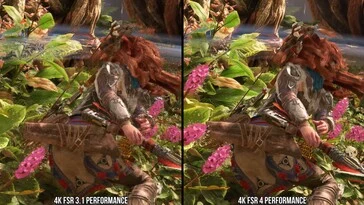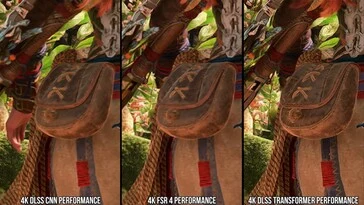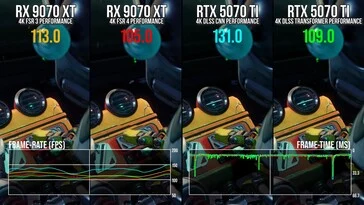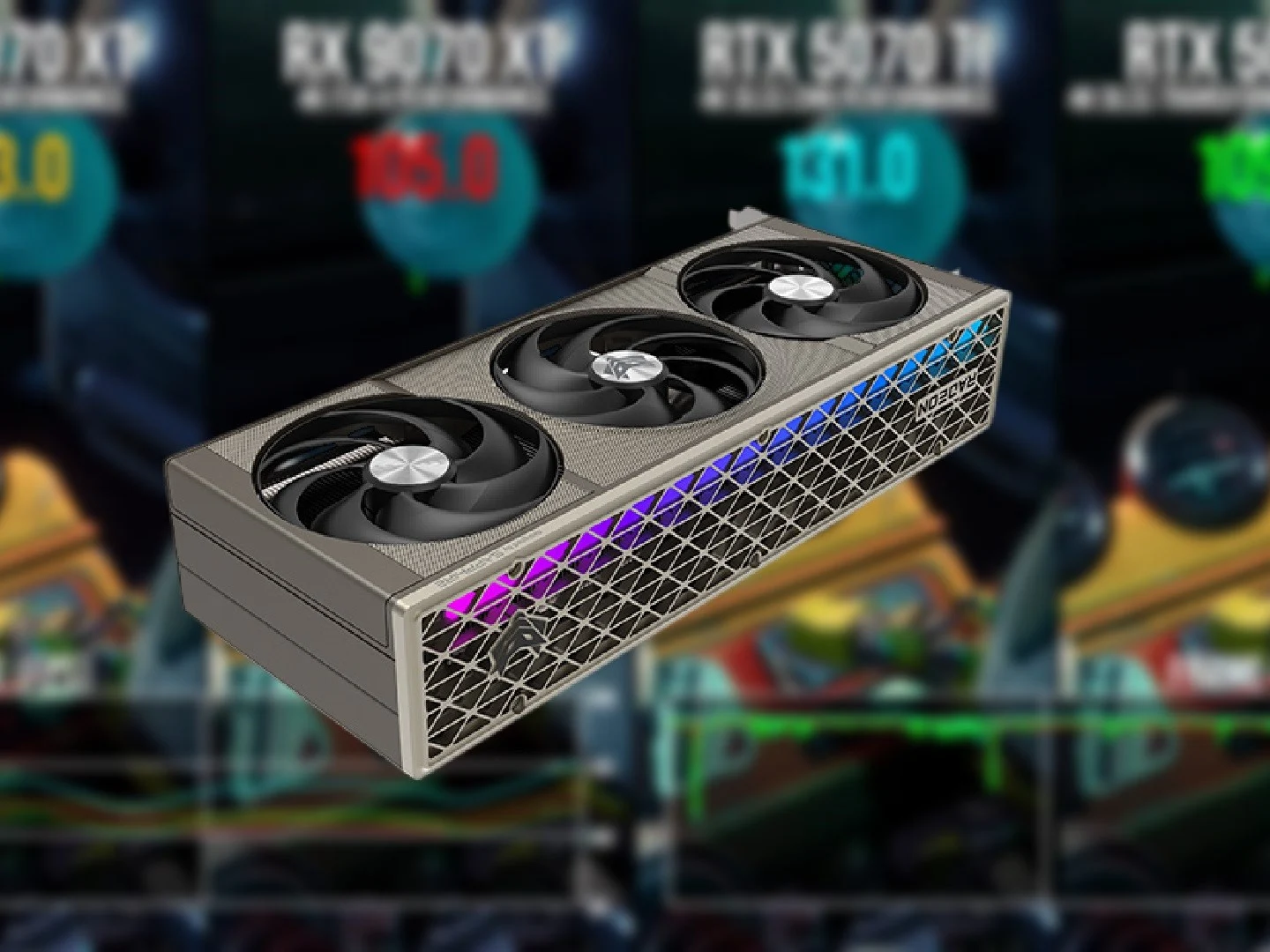Key Takeaways
1. Major Improvements in FSR 4: AMD has significantly improved FSR 4 compared to FSR 3, resolving many previous issues and enhancing overall image quality.
2. Enhanced Visual Effects: FSR 4 addresses ghosting and improves transparency effects, offering sharper images and richer textures in games like Horizon Forbidden West.
3. Motion Stability Advancements: FSR 4 shows better motion stability and rectifies pixelation and anti-aliasing issues, outperforming FSR 3 and the previous DLSS CNN model.
4. Competitive Landscape: Despite improvements, Nvidia’s DLSS “Transformer” model still offers superior image quality and anti-aliasing compared to FSR 4, particularly in extreme motion scenarios.
5. Performance Trade-off: While FSR 4 shows significant advancements, it comes with a performance cost, running slower than both FSR 3 and DLSS CNN in certain scenarios.
Ever since the introduction of FidelityFx Super Resolution (FSR), AMD has been trailing behind Nvidia in the realm of image reconstruction. The gap in quality has been significant, but with the launch of FSR 4, AMD is determined to bridge this divide. The new FSR 4 has adopted a machine-learning approach similar to Nvidia’s DLSS and Intel’s XeSS, indicating that FSR 4 could finally match the latest version of DLSS.
Major Improvements Noted
Digital Foundry conducted an analysis that shows AMD has significantly enhanced FSR 4 when compared to its predecessor, FSR 3. Their testing reveals that FSR 4 has resolved many of the problems that were evident in FSR 3, and in some cases, completely eliminated them.
Enhanced Visual Effects
For example, FSR 4 has addressed the ghosting issues seen in particle effects that were problematic in FSR 3. DF observed a clear enhancement in particle effects in games like Horizon Forbidden West and Ratchet & Clank: Rift Apart. Moreover, the transparency effects on materials such as glass and water have also made notable progress.
Furthermore, FSR 4 delivers a much higher quality of images with richer textures and surface details. In DF’s tests, the visuals generated by FSR 4 in Horizon Forbidden West appear sharper and significantly cleaner.
Motion Stability Improvements
When it comes to motion image stability, FSR 4 again shows a significant advancement over FSR 3. DF highlights that FSR 4 rectifies pixelation and anti-aliasing issues, which is very clear in Horizon Forbidden West. While FSR 3 struggles to maintain a stable image during movement, FSR 4 offers a vastly improved performance without visible artifacts.
According to DF, FSR 4 outperforms the previous DLSS Convolutional Neural Networks (CNNs) model in terms of image quality. AMD’s transition to machine learning has enabled FSR 4 to produce superior visuals compared to DLSS CNN. For instance, FSR 4 retains more details and a steadier image in Horizon Forbidden West than its DLSS counterpart.
A Competitive Landscape
That said, the new DLSS “Transformer” model is still said to be a step ahead of FSR 4. Nvidia’s latest DLSS technology yields images with greater detail and superior anti-aliasing compared to FSR 4, resulting in a clear difference in image quality between FSR 4 and the DLSS Transformer.
This trend continues when all three image reconstruction techniques are tested under conditions of extreme motion. In Horizon Forbidden West, for example, FSR 4 does not keep up with the DLSS Transformer regarding motion stability.
While it is clear that FSR 4 represents a substantial improvement over FSR 3.1 and is also superior to the DLSS CNN model, the new machine-learning technology does come with a performance trade-off. DF shows that the RX 9070 XT runs Ratchet & Clank: Rift Apart at 4K with FSR 4 performance significantly slower compared to both FSR 3 and DLSS CNN. However, it’s worth noting that the DLSS Transformer also has a higher cost than DLSS CNN.
In summary, the new image reconstruction technologies from both Nvidia and AMD have advanced beyond their predecessors, but they do incur performance costs.
To sum things up, FSR 4 is a considerable leap forward from FSR 3. AMD has made substantial improvements and resolved nearly all issues that plagued earlier versions of FSR. Thus, owners of RDNA 4 cards can finally enjoy a much better image reconstruction solution.
Source:
Link





Leave a Reply